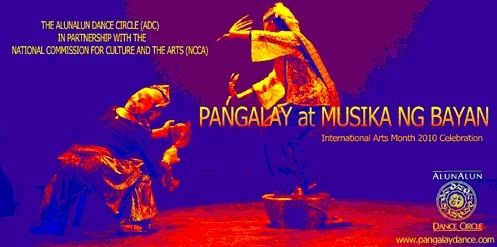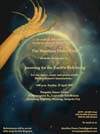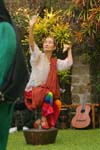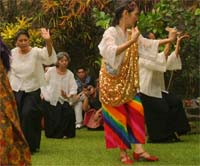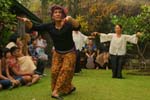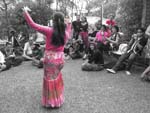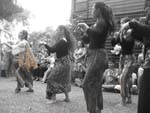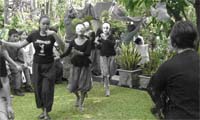By Raymund ‘Rama’ Marcaida
A meaningful cultural exposure and immersion in Indonesia 23 years ago left an indelible impression on me. It gave me the impetus to appreciate Asian indigenous dance cultures at the time when I was training mostly on western type of dances. For this gift, I would be forever grateful to the people of Indonesia.
My first encounter with Indonesian dance culture happened in 1986 when I was fortunate to have been chosen as the Philippine representative to the Cultural Exchange Program of the Association of Southeast Asian Nations (ASEAN). For six months, I was in Yogyakarta in the island of Java, studying and sweating it out at the Padepokan Seni Bagong Kussudiardja, learning diverse variety of Indonesian traditional dances, classical, as well as “Kreasi Baru”, New Creation dances and ‘Tari Gaya Bali’, Balinese dances.
My interest with Balinese dances was further sustained when I was granted a year-long dance scholarship at the Sekolah Tinggi Seni Indonesia (STSI), the Indonesian Art College in Denpasar Bali under the Darmasiswa Program of the Government of Indonesia in 1991-1992.
Flash forward, 17 years: I performed a Balinese dance called “Tari Baris” at the Philippine-Indonesian Friendship Day celebration in November 2009, marking the 60th year of cordial diplomatic ties between the two Southeast Asian countries. It felt like I had gone full circle with my Indonesian odyssey, made more meaningful since I also performed the Pangalay with the AlunAlun Dance Circle, of which I have been a member since 2007.
Performing for the audience comprised of Indonesian diplomats, expatriates and Filipinos gave me a natural high, especially when I realized that, after all these years, my mind and muscles have retained the nuances of Balinese dance movements and postures. This was affirmed when, during one of our rehearsals, one of the Indonesians commented that I was moving like a Balinese. In retrospect, perhaps it was this exposure to Balinese dances that led me to Pangalay—the Philippine dance that truly has an affinity with Balinese and other Indonesian dances. The earlier Asian encounter prepared me for the opportunity when I would finally be introduced to the ancient Philippine indigenous dance. Indonesian dances were my introduction to ethnic pride. Pangalay made ethnic pride tangibly real to me as a Filipino! The two cultures will dance in my soul for a long, long time.
I was so fulfilled during that special November evening in 2009, when I was able to share, especially to the Indonesians, the Pangalay dance form of which I have been blessed to know, learn and perform.
‘Mari kita menari sama-sama!’ ‘Magsayaw tayo!’ Let’s dance!
